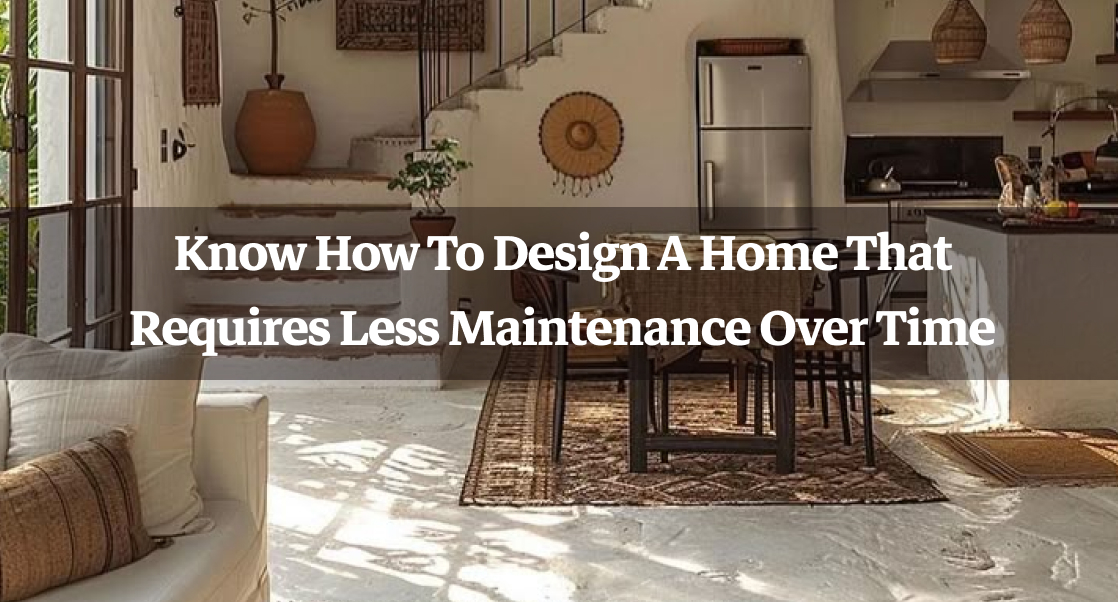
When a client meets an architect, they discuss everything – from room placements and aesthetics to even Vastu. But one key aspect that often gets overlooked (but really shouldn’t) is low-maintenance home design. But is that even possible?
Absolutely! A home should be more than just aesthetically pleasing – it should be functional, durable, and easy to maintain. With the right design choices, you can significantly cut down on time, effort, and costs spent on upkeep.
Let’s take a look at how to build or renovate a home that stands the test of time with minimal maintenance with few home maintenance tips.
Choose Durable & Low-Maintenance Materials
Low-maintenance home design usually starts with the materials you choose, since they can have a huge impact in reducing upkeep. Taking the time and choosing the right materials can not only cut down the maintenance costs over the years but also save you time and effort in the long run.
Let’s take a look at the durable home materials that can be used in a low-maintenance home design.
Exterior Materials
Brick & Stone: Naturally durable and weather-resistant, these materials require little upkeep compared to siding or wood exteriors.
Fiber Cement Siding: Unlike wood, fiber cement is resistant to rot, insects, and fire while mimicking the look of natural materials.
Metal Roofing: Lasts 40–70 years, requires minimal maintenance, and is energy-efficient.
Weather-Resistant Paint: Opt for high-quality, UV-resistant paints that don’t fade or peel easily.
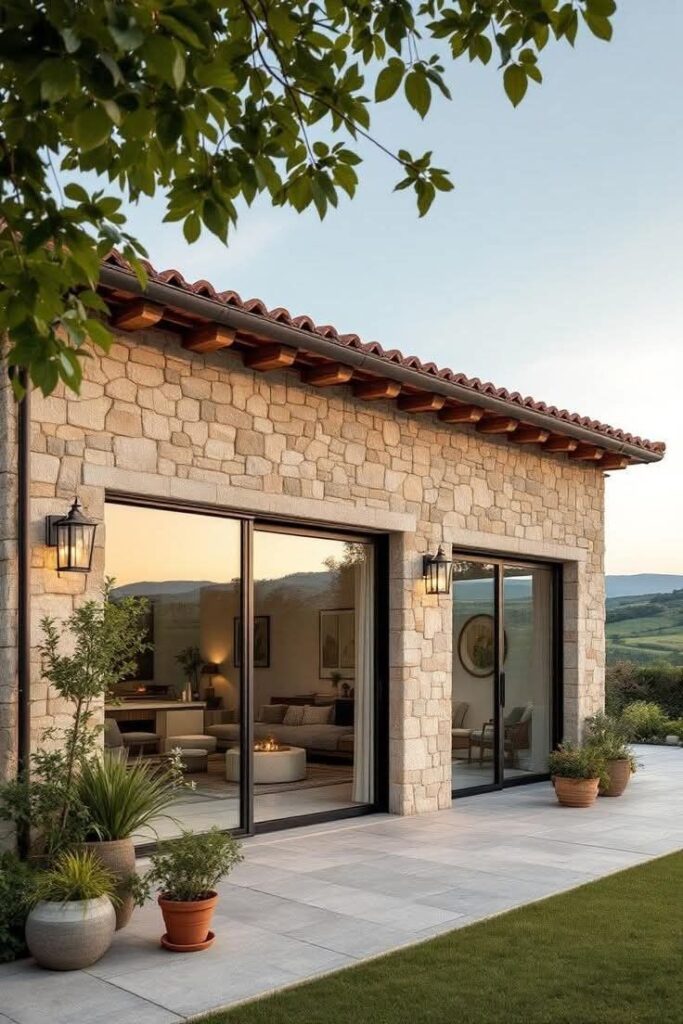
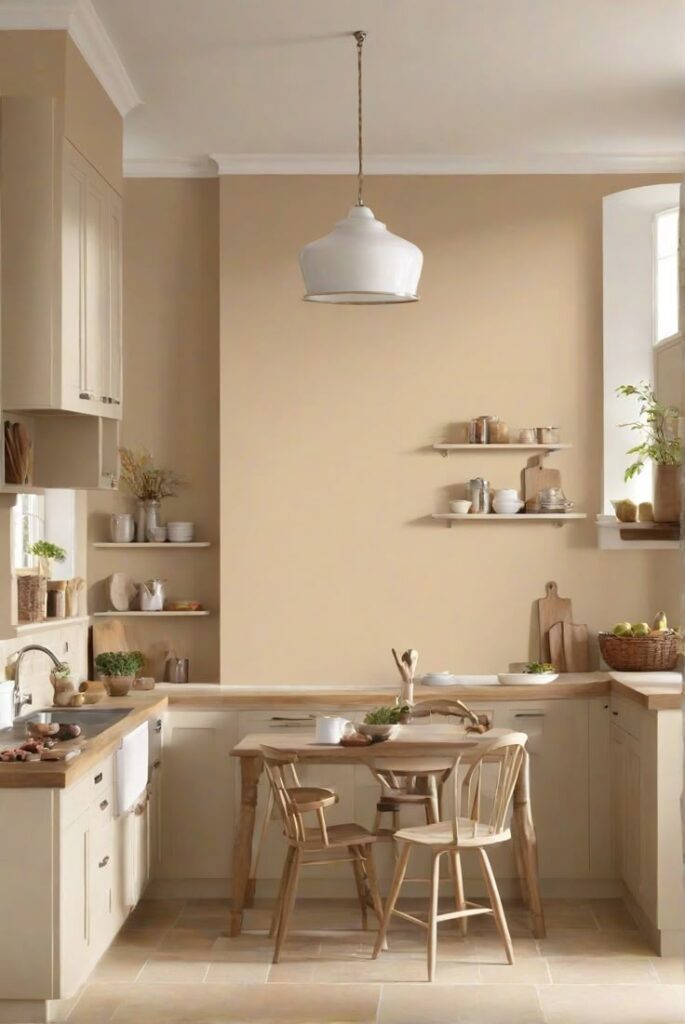
Interior Materials
Matte or Satin Wall Paints: Easier to clean compared to flat paints, making them ideal for homes with kids or pets.
Quartz Countertops: Unlike marble, quartz is stain-resistant, non-porous, and does not require sealing.
Luxury Vinyl Flooring: Mimics wood or stone but is scratch-resistant, water-resistant, and easy to clean.
Porcelain or Ceramic Tiles: Ideal for high-traffic areas like kitchens and bathrooms due to their durability and stain resistance.
Plan for a Clutter-Free, Functional Layout
Proper planning is the foundation of a good design.
A well-thought-out layout is a primary factor in designing a low-maintenance home. Smart planning can minimize areas that collect dust and grime, reduce clutter, and ensure easy access for cleaning and repairs. Here are some tips to build a beautiful, low-maintenance space.
Open Floor Plans
Makes spaces feel bigger and allows for better natural light distribution, reducing the need for artificial lighting during the day.
Fewer walls mean less dust and fewer surfaces to clean.
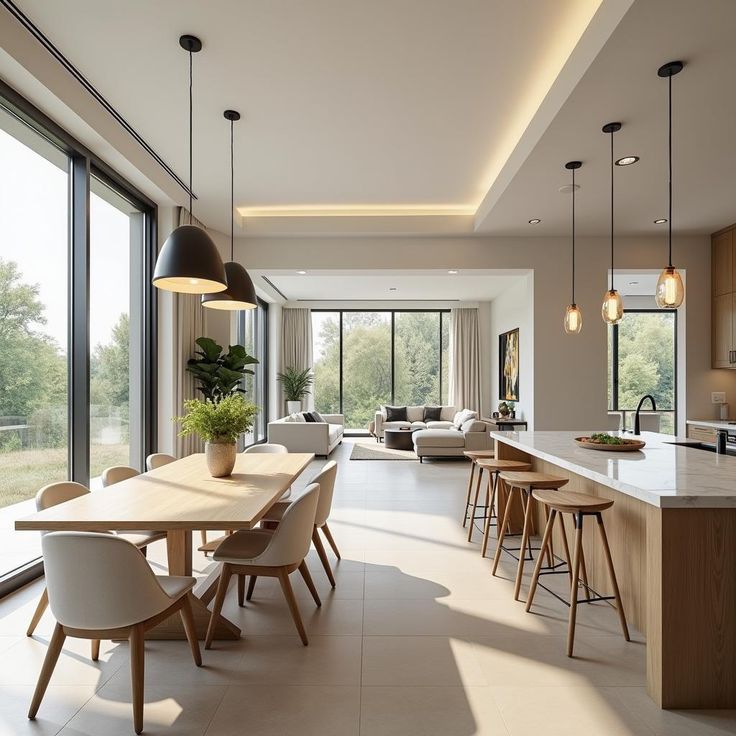
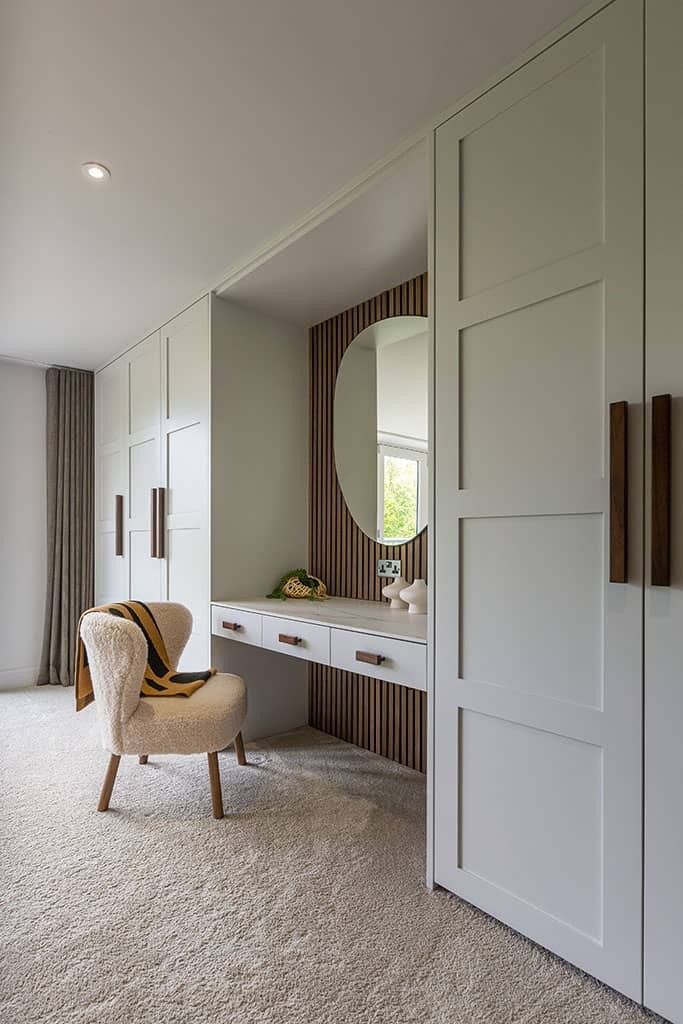
Easy-to-Clean Spaces
Minimal grout lines in tiled areas prevent dirt buildup and simplify cleaning.
Built-in storage helps reduce clutter and makes cleaning easier.
Wall-mounted fixtures (like toilets, vanities, and kitchen cabinets) make sweeping and mopping floors simpler.
Smart Room Placement
Kitchen close to garage or entry door: Makes unloading groceries easier and prevents clutter from spreading into living areas.
Laundry room near bedrooms: Reduces the hassle of carrying laundry across the house.
Mudroom near entryway: Helps contain dirt from shoes and prevents it from spreading inside.
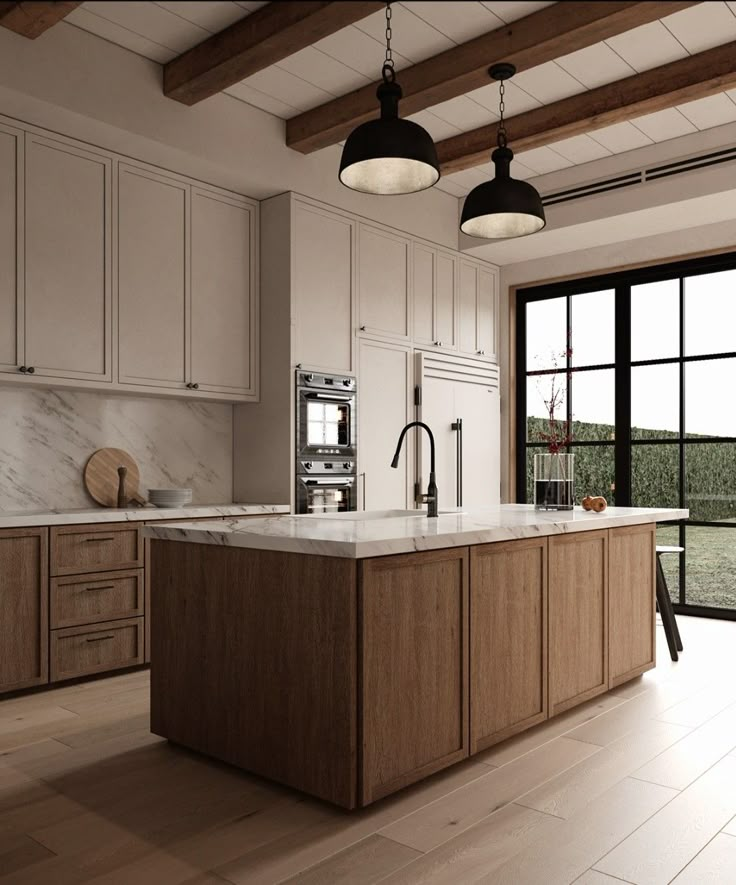
Install Low-Maintenance Fixtures & Features
Investing in high-quality, self-cleaning, and durable fixtures is a smart choice for a low-maintenance home. These fixtures are designed to withstand daily wear and tear, reducing the need for frequent repairs or replacements.
Let’s take a look at the low-maintenance, self-cleaning fixtures you can use in your home.
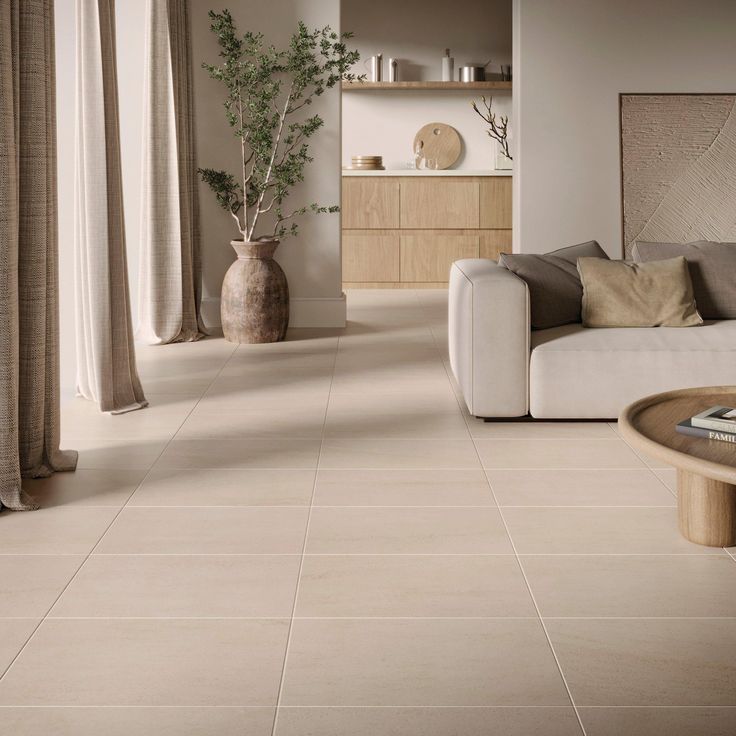
Flooring & Wall Options
Washable and mold-resistant wall paint for kitchens and bathrooms.
Large-format tiles reduce grout lines and require less scrubbing.
Epoxy flooring in garages and basements prevents staining and moisture damage.
Plumbing & Kitchen Features
Deep single-basin sinks are easier to clean than divided sinks.
Touchless faucets reduce water waste and prevent fingerprints or water spots.
Undermount sinks prevent grime accumulation around sink edges.
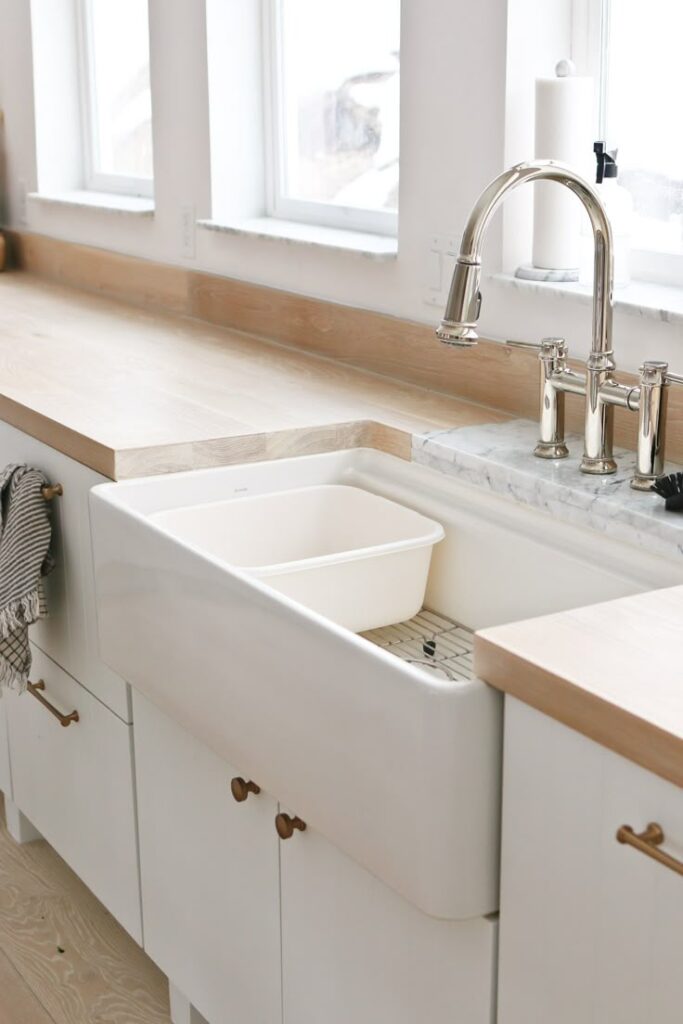
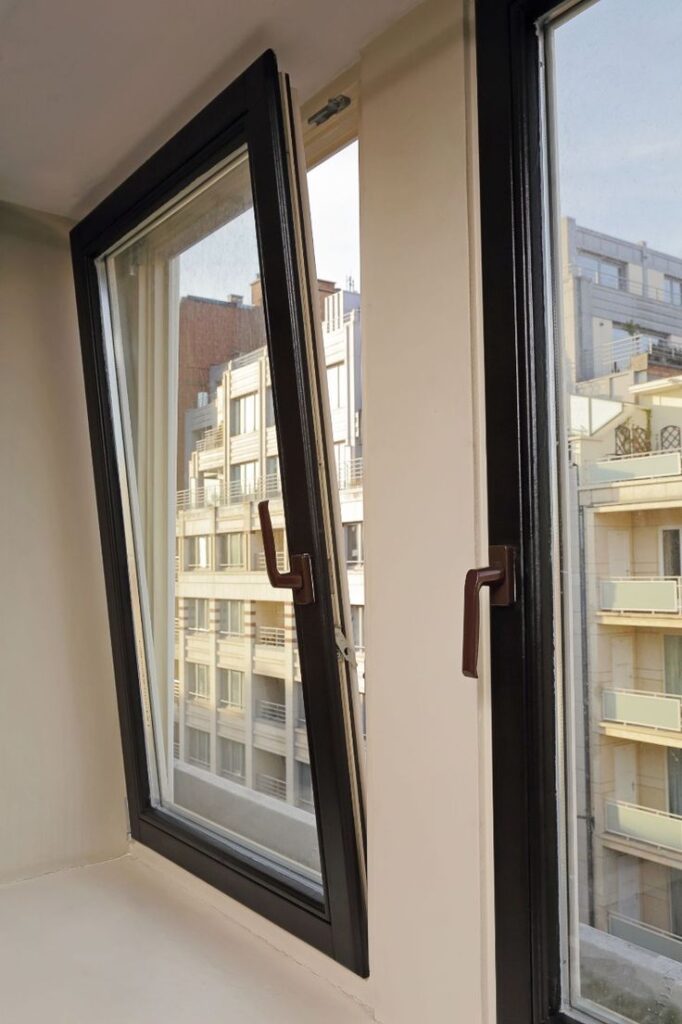
Windows & Doors
Self-cleaning glass windows use UV rays to break down dirt, reducing the need for frequent washing.
Tilt-and-turn windows allow for easy cleaning from inside.
Fiberglass or composite doors require less maintenance compared to wooden doors.
Focus on Energy-Efficient & Smart Home Solutions
Smart home features enhance convenience, and they also help lower energy bills and reduce maintenance efforts. Let’s look at the list of solutions that will be necessary for a low-maintenance home design.
HVAC & Ventilation
Whole-house air purifiers prevent dust buildup, keeping indoor spaces cleaner.
Ductless mini-split systems require less maintenance than traditional ducted systems.
Smart thermostats adjust temperatures efficiently, reducing strain on HVAC systems.
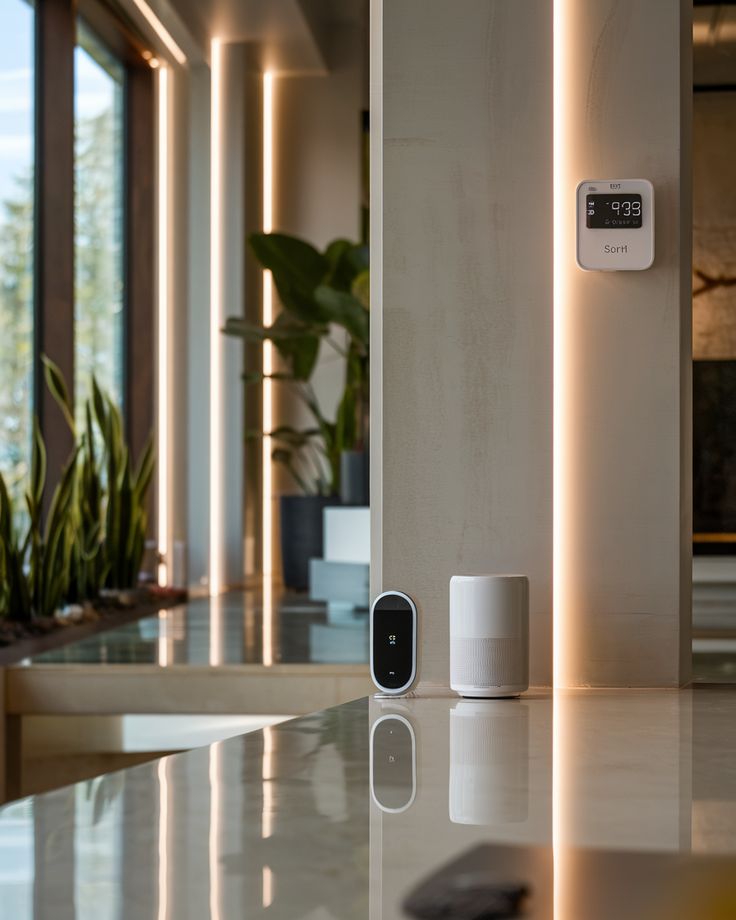
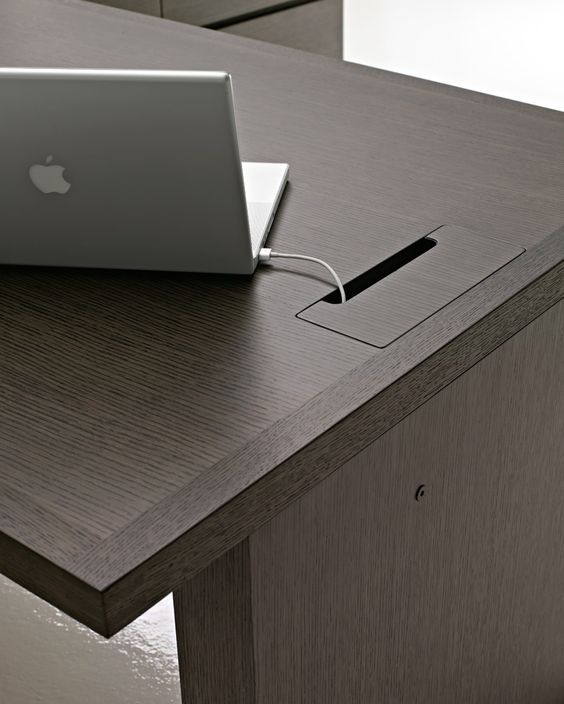
Lighting & Electrical Systems
Hidden or flush-mounted outlets prevent dust accumulation and damage.
LED bulbs last longer and require fewer replacements compared to traditional bulbs.
Motion-sensor lights in hallways and bathrooms reduce energy consumption and add convenience.
Smart Home Features
Security cameras with AI motion detection reduce false alarms and unnecessary maintenance.
Automated irrigation systems ensure your lawn stays green with minimal effort.
Robot vacuums and mops keep floors clean daily without manual effort.
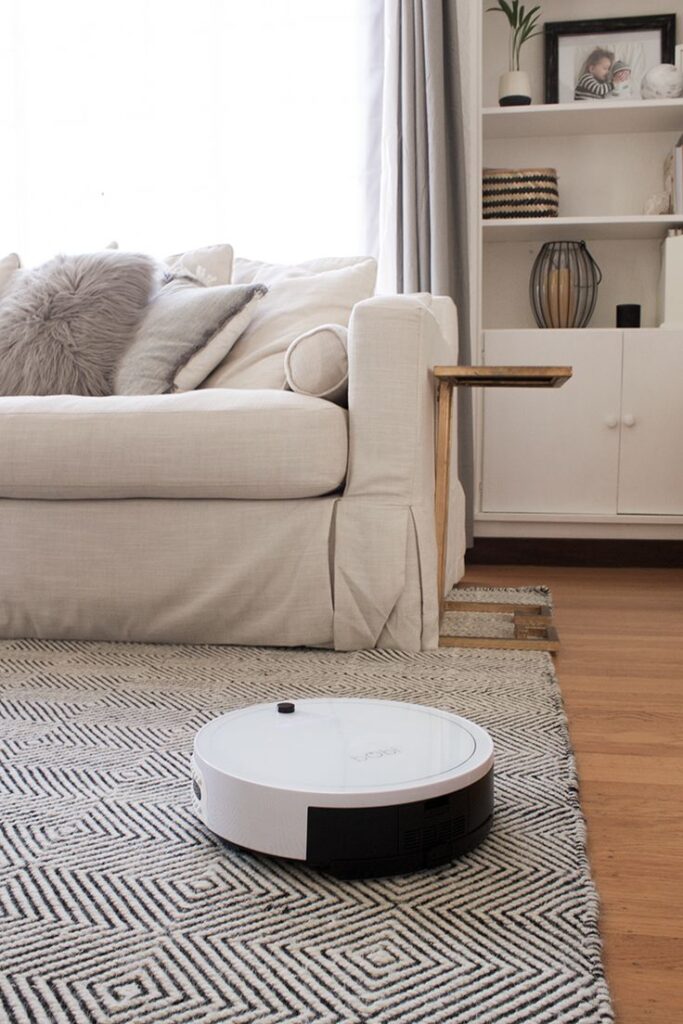
Optimize Outdoor Spaces for Easy Maintenance
Your home’s exterior and landscaping should be as low-maintenance as the interior. Designing outdoor spaces that require minimal upkeep while still looking attractive and well-kept should be prioritized.
Here’s a list of key aspects to consider when designing your outdoor spaces.
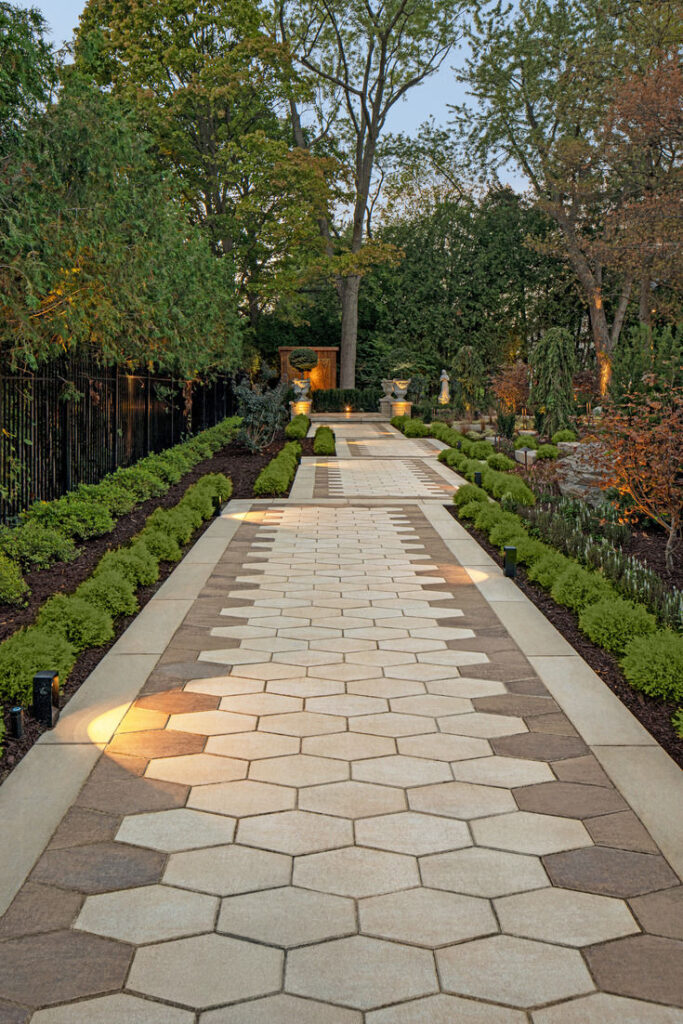
Hardscaping vs. Landscaping
Choose native or drought-resistant plants that require minimal watering and care.
Use concrete, pavers, or gravel instead of grass for pathways and driveways to reduce mowing and weeding.
Artificial turf is an excellent alternative to natural grass with zero maintenance.
Rainwater Drainage & Gutters
Use permeable pavers to allow rainwater absorption, reducing runoff issues.
Prevent clogging from leaves and debris by installing gutter guards.
Ensure proper slope grading around your home to prevent water pooling and damage.
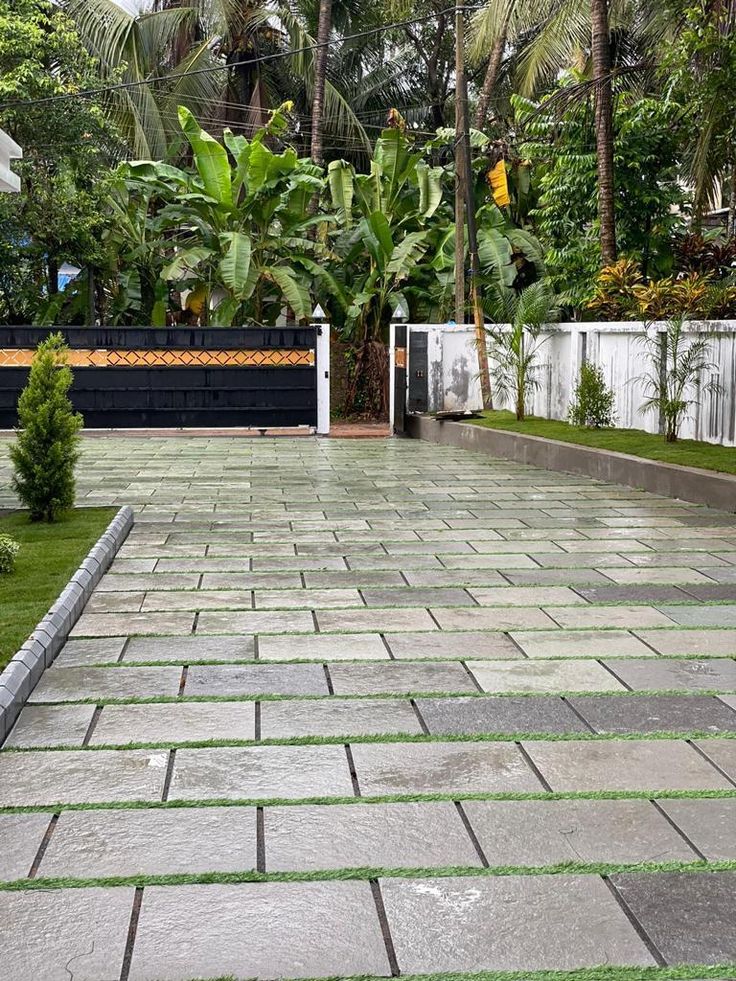
Use Smart Storage & Organization Solutions
As you know, a well-organized home is easier to maintain—and as a bonus, it also makes daily tasks more efficient.
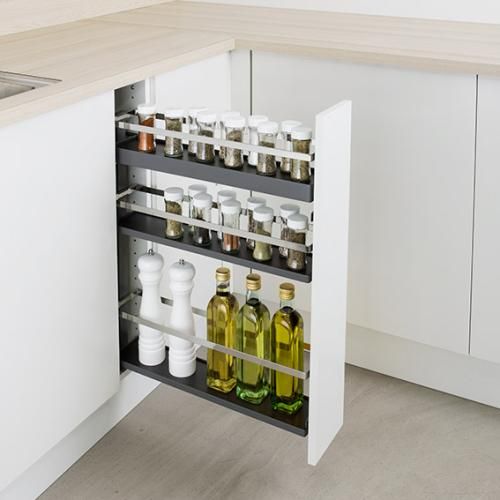
Kitchen & Pantry
Glass or wire storage containers reduce clutter and improve visibility.
Pull-out shelves and revolving cabinets make it easy to access items.
Closets & Laundry Areas
Laundry hampers with separate sections help streamline washing routines.
Built-in organizers reduce the need for extra furniture and storage solutions.
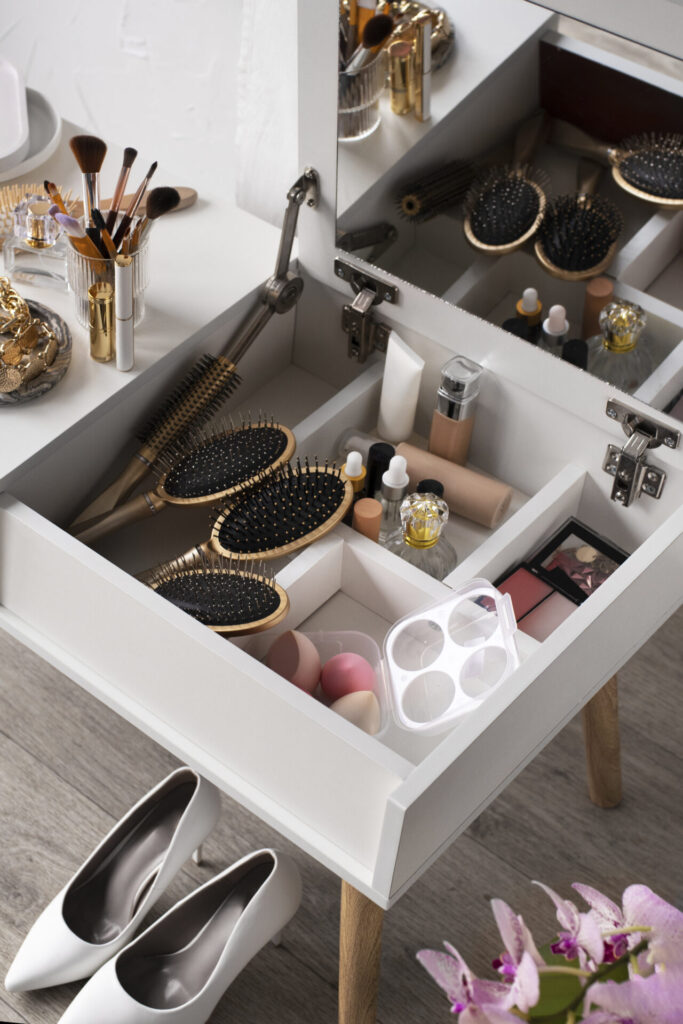
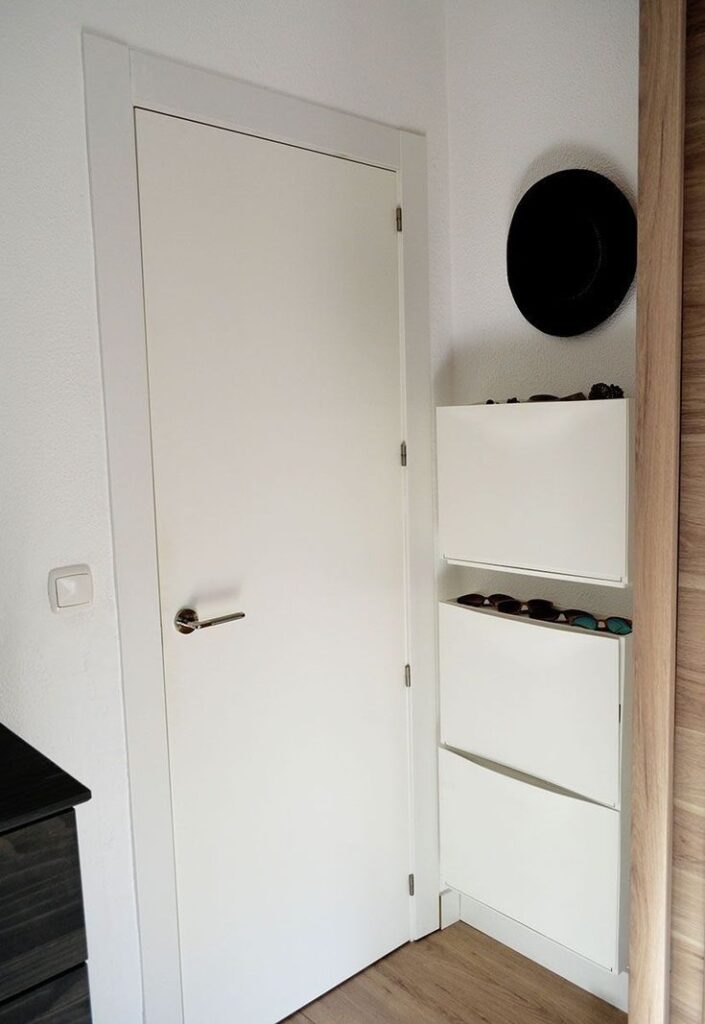
Garage & Utility Areas
Pegboards and labeled bins make it easier to find items quickly.
Wall-mounted storage racks and hooks keep tools organized.
A home that requires less maintenance is a smart design approach combining smart layouts, durable home materials, energy-efficient features, and low-maintenance landscaping. By considering all these aspects, you’ll reduce repair costs, time spent on maintenance, and stress, allowing you to enjoy your living space longer.
If you’re planning to build or renovate a low-maintenance home, consider these principles for efficient, and beautiful living space.
Frequently Asked Questions
What are the best materials for designing a low-maintenance home?
For a low-maintenance home design, choose durable materials like brick, stone, fiber cement siding, and metal roofing for exteriors. Indoors, quartz countertops, porcelain tiles, and luxury vinyl flooring offer easy-to-clean surfaces with minimal upkeep.
How can I make my home easy to clean and maintain?
To create an easy-to-clean home interior, opt for open floor plans, built-in storage, and wall-mounted fixtures. Additionally, using large-format tiles, satin wall paints, and touchless faucets can help reduce daily cleaning efforts.
What type of flooring requires the least maintenance?
For low-upkeep home flooring, consider luxury vinyl planks (LVP), polished concrete, and ceramic or porcelain tiles. These materials are scratch-resistant, water-resistant, and easy to clean, making them ideal for busy households.
What are the best energy-efficient features for a low-maintenance home?
Incorporate smart home technology such as LED lighting, smart thermostats, and automated irrigation systems to minimize maintenance. Additionally, ductless mini-split HVAC systems and self-cleaning windows reduce the need for frequent servicing.
How can I reduce maintenance in my kitchen and bathroom?
Use undermount sinks, quartz countertops, and large tile surfaces to prevent grime buildup. Install touchless faucets and mold-resistant paints in moisture-prone areas to reduce wear and tear.
What outdoor features can help reduce home maintenance?
To maintain an easy-to-care-for outdoor space, use artificial turf, drought-resistant plants, and permeable pavers. Installing gutter guards and ensuring proper rainwater drainage will also help prevent damage over time.
Are smart home features worth investing in for a low-maintenance home?
Yes! Smart home solutions like robot vacuums, AI-powered security cameras, and automated climate control make daily upkeep easier and more efficient, reducing manual maintenance tasks.
How can I design my home to stay clutter-free and organized?
Incorporate built-in storage solutions, such as custom closets, pull-out kitchen shelves, and garage wall-mounted racks. These smart storage ideas help keep spaces organized with minimal effort.
What type of windows and doors require less maintenance?
For low-maintenance home exteriors, choose fiberglass or composite doors and tilt-and-turn windows. Self-cleaning glass windows can also help reduce frequent washing and upkeep.
How can I ensure my home remains low-maintenance for years to come?
By selecting durable materials, energy-efficient appliances, smart home features, and practical layouts, your home will require less maintenance and fewer repairs over time. Regularly inspecting key areas like roofing, drainage, and HVAC systems can also prevent costly issues.

